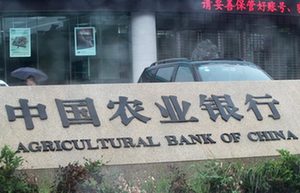The liberalization of deposit rates promised by Zhou Xiaochuan, governor of the People's Bank of China, at a recent press briefing at the just-concluded annual session of the National People's Congress, will mark the country's final step in allowing banks to set their own interest rates.
"Deposit rate liberalization is on our agenda. Personally I think it is very likely to be realized within one to two years," Zhou said. China's current ceiling on deposit rates is 110 percent of the benchmark set by its central bank and its controls on deposit rates are expected to be lifted sooner than anticipated. This will mean the basic completion of China's market-based interest rate reforms.
China has never stopped taking steps toward the marketized reform of its interest rate mechanism, which started in 1993, and has achieved significant progress. Except for the upper ceiling put on deposit rates, China has so far imposed very few restrictions on its interest rates. For example, the prices of China's currency and bond market, including inter-bank borrowing, national debt, as well as financial and enterprise bonds, are all free of government regulations. Marketized rates for foreign currency deposits and loans have also been adopted in China. Especially since the suspension of the bottom limit for lending rates in July last year, regulatory measures that have been preserved for the country's credit market are only the upper ceiling on deposit rates.
Such gradual marketized rate reforms have strengthened the market's role in the formation of interest rates, but the actual effects have not been as good as expected and the distortion of the market pricing mechanism and inefficient distribution of resources are still very common. In other words, China has achieved superficially significant progress in its push for the marketized reform of interest rates, but it has failed to straighten out the distorted interest rates pricing mechanism over the past two decades. It has neither formed an effective rates pricing mechanism for its financial market nor remarkably raised the operating efficiency of the domestic financial system. On the contrary, the rural economy, the private sector and small and medium-sized enterprises that should have benefited more from rate liberalization have not got more room for development than before.
 |
 |
